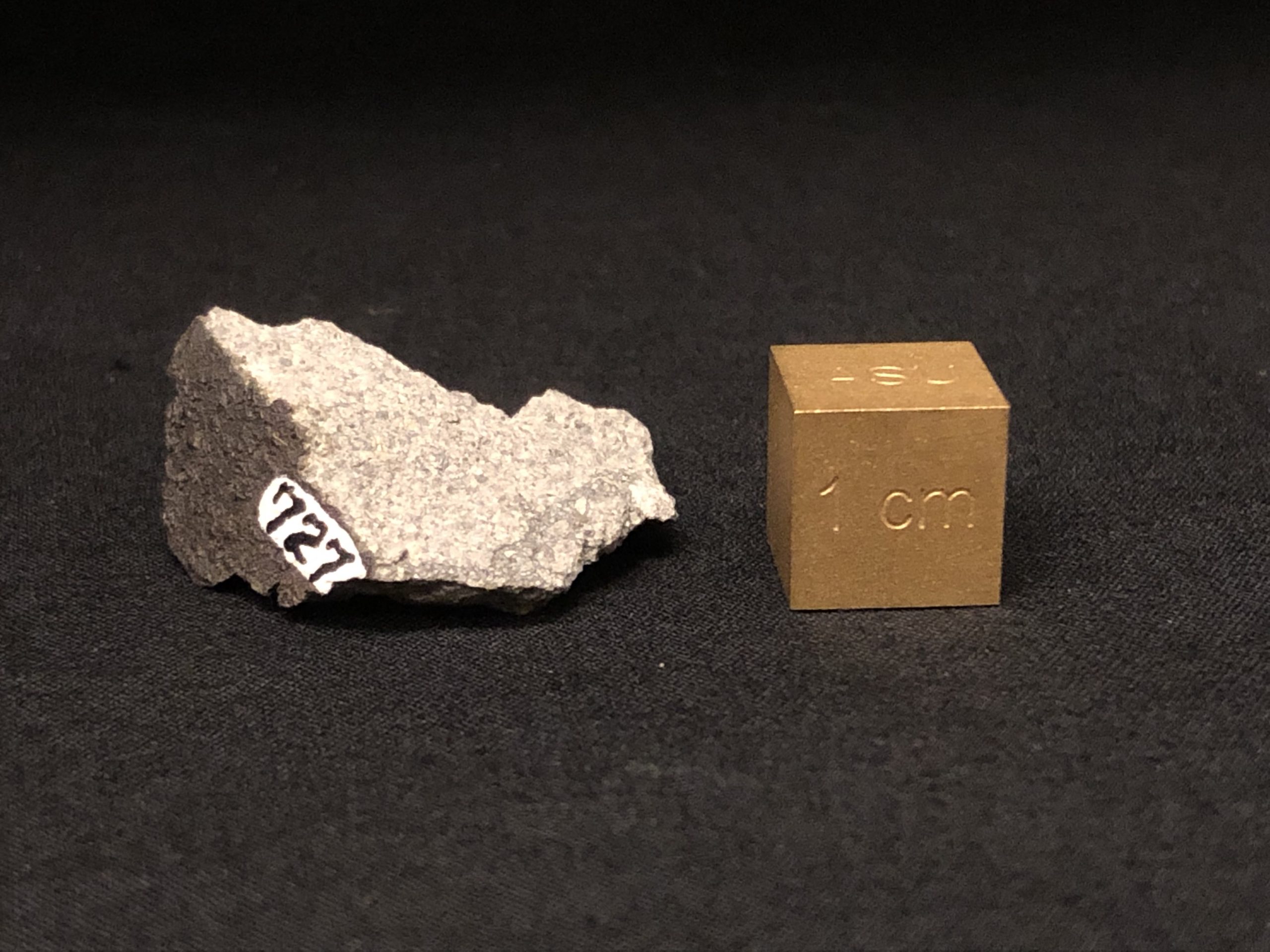Domanitch & Bursa
Domanitch is an (L5) ordinary chondrite that fell in Bursa, Turkey, in 1907, and is the first of two meteorites to have fallen in Bursa; the second being Bursa, an (L6) ordinary chondrite that fell 39 years later, in 1946.
How do we know that Bursa is a distinct meteorite, and not a piece of Domanitch?
Both the Domanitch and Bursa meteorites were witnessed falls, meaning that people saw them entering Earth's atmosphere and the specimens were collected shortly thereafter.
In addition, detailed chemical, microscopic and mineralogical analyses are used to uniquely identify and classify a meteorite, and distinguish between two meteorites that fell in a single area at different times (these same analyses can be used to link specimens of a single meteorite found in separate locations and/or at separate times).
Click here to read more meteorite facts.

Why did these two meteorites fall in the same place? Do meteorites fall more often in certain parts of the world?
Meteorites can and do hit Earth anytime, anywhere. Meteorites land randomely over Earth's surface, though most fall into the water that covers over 70% of our planet's surface, never to be recovered.
Meteorite falls are more likely to be witnessed in population centers. Of the 144 approved meteorites recovered in India (population density ~1,060/sq mi), for example, only a handful are classified as finds. In contrast, only 16 of the 65 approved meteorites recovered in Canada (population density ~10/sq mi) are classified as witnessed falls.
Click here to read more about meteorite locations.

Read the Meteoritical Bulletin Database entry for Domanitch, here.
Read the Meteoritical Bulletin Database entry for Bursa, here.